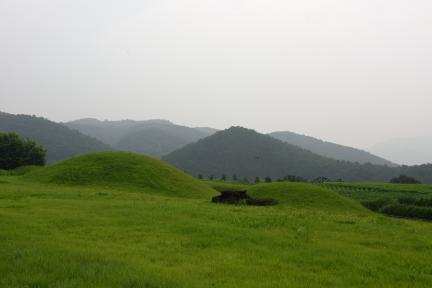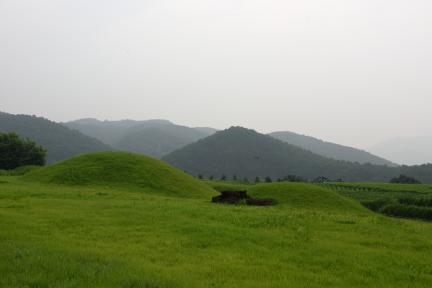국가유산 종목별 검색
경기도 기념물
연천신답리고분 (漣川薪畓里古墳)Ancient Tombs in Sindap-ri, Yeoncheon
| 분 류 | 유적건조물 / 무덤 / 무덤 / 고분군 |
|---|---|
| 수량/면적 | 2기 |
| 지정(등록)일 | 2005.10.10 |
| 소 재 지 | 연천군 전곡읍 신답리 17-42, 17-43 |
| 소유자(소유단체) | 연천군 |
| 관리자(관리단체) | 연천군 |


경기도 기념물
연천신답리고분 (漣川薪畓里古墳)Ancient Tombs in Sindap-ri, Yeoncheon
| 분 류 | 유적건조물 / 무덤 / 무덤 / 고분군 |
|---|---|
| 수량/면적 | 2기 |
| 지정(등록)일 | 2005.10.10 |
| 소 재 지 | 연천군 전곡읍 신답리 17-42, 17-43 |
| 소유자(소유단체) | 연천군 |
| 관리자(관리단체) | 연천군 |

ⓒ 2000. CULTURAL HERITAGE ADMINISTRATION. ALL RIGHTS RESERVED.



 국가유산
국가유산


